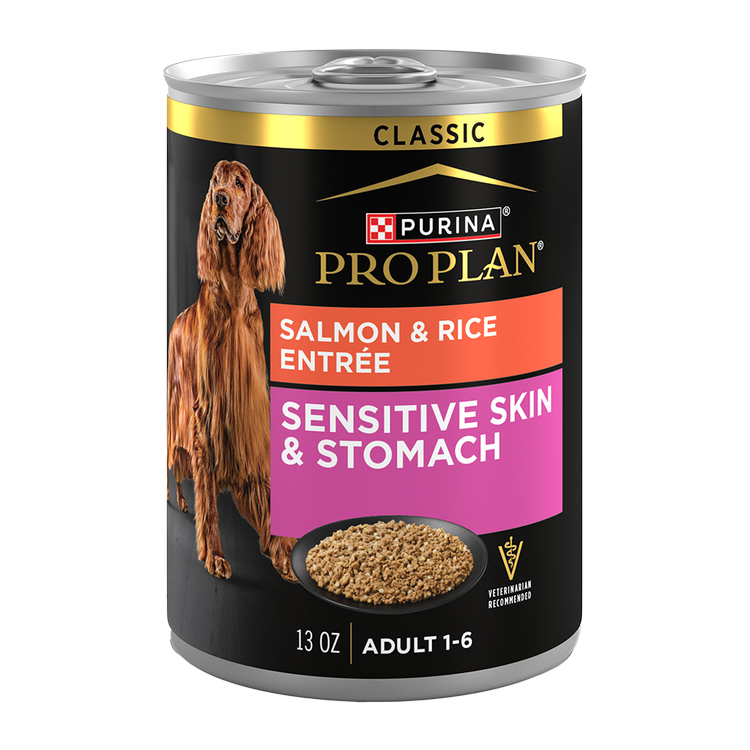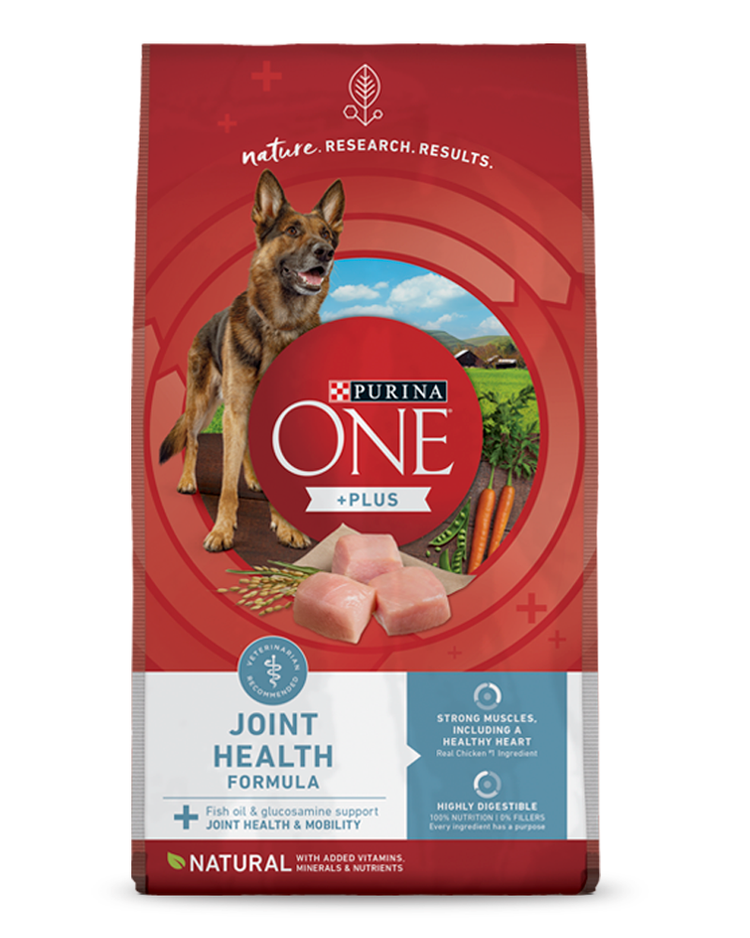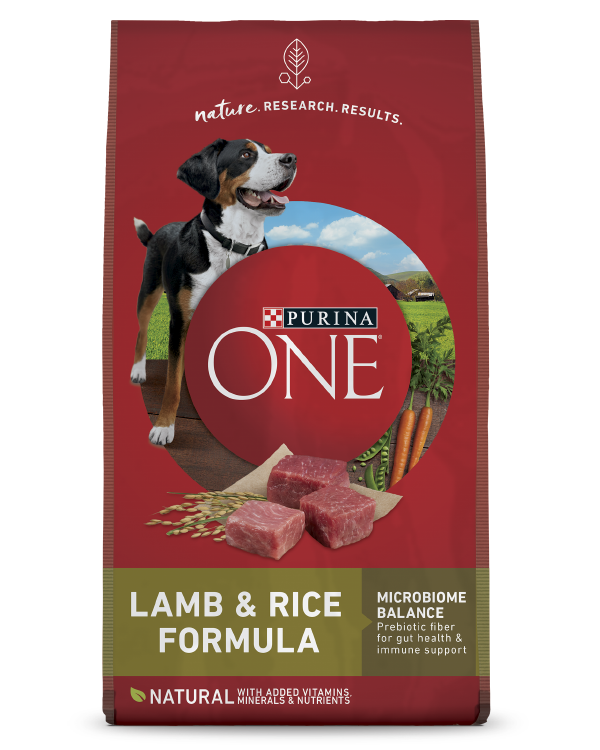Maltese

- Size:Toy
- Height:7 to 9 inches
- Weight:4 to 6 pounds
- Coat:Long
- Energy:High
- Activities:Conformation, Obedience, Agility
The ancient Maltese is named for the Mediterranean island Malta. This glamorous little dog has been a popular breed worldwide for centuries.
Temperament
The gentle-mannered Maltese makes an affectionate companion dog. He’s also bold and fearless, making him a reliable watchdog. He’s lively, playful and loves to learn new tricks—provided he gets a reward.
Characteristics
This toy breed moves effortlessly beneath his lush, flat, silky white coat. The white coat is accented with dark eyes and black nose.
Lifespan
12 to 15 years
Colors
The standard Maltese color is white. Most dogs will have black points (eyes and nose), which are also considered standard by the American Kennel Club (AKC).
Shedding
This low-shedding breed needs daily brushing and frequent baths to avoid tangles and matting.
Health
The Maltese is a relatively healthy breed, though he is prone to dental disease. Brush the teeth regularly to help keep them healthy. Other health concerns may include patellar luxation and heart problems. Responsible breeders screen for these conditions to help produce the healthiest breed possible.
Maltese puppies should be tested for congenital liver issues. Encephalitis is also a risk, but, unlike the other health concerns, there’s no current test for this condition.
Best Dog Food for Maltese Dogs & Puppies
Due to their small size, Maltese dogs and puppies will do best on a toy breed specific dog food or puppy food formula. Dry, crunchy kibble can help keep the teeth clean, but is not a substitute for regular tooth brushing.
History
The Maltese is such an ancient breed that it pre-dates the Bible. The breed originated in Malta, a seaport in the Mediterranean. Over 2,000 years, Malta was conquered and occupied by a wide range of historic groups, including the Phoenicians, Greeks, Romans, Arabs and more.
The island of Malta was a trading hub for in-demand commodities like spices, gems, silks and the glamorous Maltese lapdog who became popular with ladies of nobility across the world.
The breed was probably introduced to the island by the Phoenicians, before Greek rule. The Greeks were so enamored with the Maltese that the dog inspired artwork on Golden age ceramics. Even Aristotle discussed the breed's perfect proportions.
Roman aristocrats cemented the breed’s position as a status symbol. As a symbol of loyalty, Romans also featured the Maltese in their myths, poetry and fables.
After the Roman Empire fell, Chinese breeders in the Dark Ages protected the breed from total extinction. After crossing the Maltese with some of their own native toy breeds, they further refined the breed.
By 1877, the Maltese made its debut at the first Westminster Kennel Club Dog Show in New York.
Facts
- Known as “Ye Ancient Dogge of Malta,” or, “the ancient dog of Malta,” which is a Mediterranean island 60 miles south of Siciliy.
- The Maltese was worshipped by Greeks and Egyptians alike. The Greeks built tombs for their Maltese and statues of the dog have been found in Egypt.
- According to one legend, the apostle Saint Paul shipwrecked on Malta and healed the Roman governor’s father. To show his gratitude, the governor gifted Paul a Maltese.


